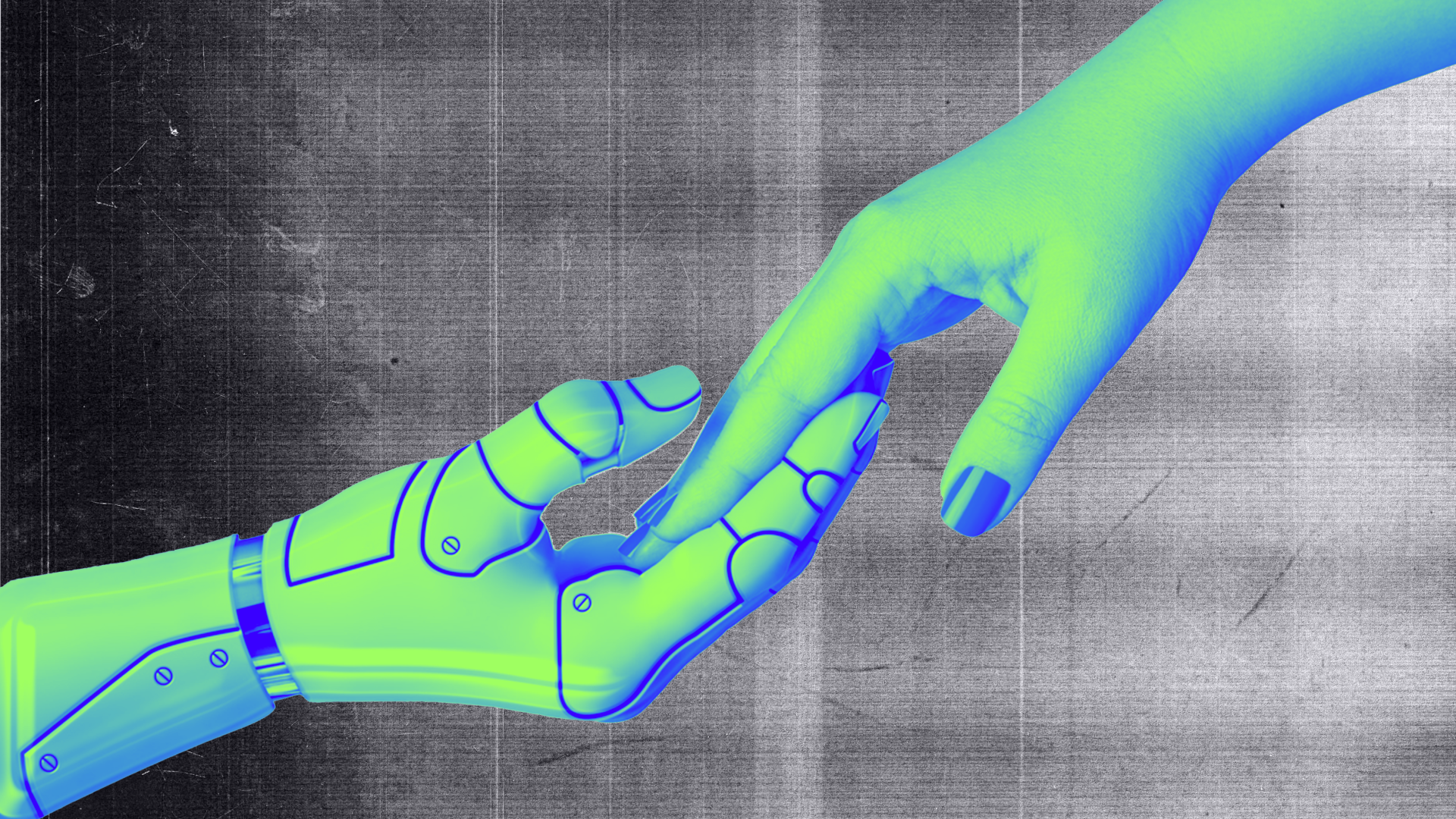At a recent investor conference, I heard something shocking. Every investor in the room expected their portfolio companies to grow 2-3x in the next 5 years, while holding headcount flat.
This wasn’t just tech - it was across manufacturing, consumer goods, and finance. The expectation: Build a lean team of highly productive employees, leaders, and AI agents that can significantly accelerate output.
In other words - build a Supercompany.
For decades, leadership development was built around a stable assumption: great leaders take a team of 10 and make them a team of 12. They coach individuals, refine processes, build consensus, and gradually improve performance.
With AI, leaders will be expected to take a team of 10 (humans plus agents) and do the work of 30. Yes, they’ll have to remain transparent, empathetic, and human - but they’ll be measured on defining an entirely new way of working.
Building a Supercompany will require different leadership skills than we had in 1980, 1990, 2000, or 2010 (yes, I’m old). And companies that cling to the old model of leadership development, succession planning, and hiring will find themselves quickly behind.
What it takes to 3x a team
The mandate for great leaders in 2026 and beyond will come down to three things.
1. Define the new way of working. You can't 3x output by just doing the same work faster. Leaders need to fundamentally reimagine how work gets done - leading their team in questioning every process, removing constraints that made sense in 2020 but are anchors today, and establishing new operating norms.
This requires a rare combination of skills: the systems thinking to see how workflows connect and where AI creates leverage, and the boldness to kill processes your team spent years perfecting. And you need to do all of this while having deep empathy for people who are watching their expertise become obsolete.
This is about having the conviction to say, “Everything we built over the past 5 years is now a blocker” - and the clarity to show people what replaces it.
2. Run relentless experiments. When you need 3x gains, best practices won't get you there. You need to run lots of AI experiments and manage a high failure rate. Across 150 clients, we’ve found the only way to find the 10x use cases is to give people the tools to discover/build them themselves, and design a system to separate failures from successes.
For leaders, the mandate here is simple:
- Get your people a tool or process to constantly discover new, hyper-specific AI use cases - in our experience, the most breakthrough, $100M AI applications come organically from someone using AI in their job
- Create a way to share and validate use cases, so that you start to establish “what good looks like” and spread use cases that work
3. Act as an accelerant. We’ve found that you need 80% daily AI use on your team in order to drive a groundswell of ROI-generating use cases. But you can’t wait for that to happen organically - you’ll get 10% at most. Leaders need to hire people who are already AI-native, push their teams past current capability boundaries, and create urgency around a future that most employees can't see yet.
This requires a different kind of people management than we've taught leaders for the past 30 years. Instead of stewarding talent through a predictable career path, you're forcing rapid capability development in people who might not be ready for it.
AI can make us more human
Leaders need to be three things in this new world: Fast, transparent, and empathetic.
Fast, because you need to move NOW to start generating great use cases, building AI proficiency, and helping your team rethink their work in the age of AI.
Transparent, because none of us know exactly what’s going to happen - and AI screws up sometimes. Spotlighting the failures helps us define and understand what success looks like.
And empathetic, because people’s jobs are at stake, and using AI doesn’t mean we abandon the mandate to take care of each other.
AI can make us better at all this. We tend to frame AI in opposition to humanity, but if we use it correctly, AI can deepen and improve the way we interact with each other.
Today, our managers are struggling to manage teams of people with vastly different personalities, needs, and career paths - with (if they're lucky) an annual training to coach them on better management. Now we have the ability to ask AI. We can upload our growth plans, Slacks/Teams chats, and 1:1s into AI and ask: “What does this person need from me that I’m not giving them? How could I have done better? What did they mean when they said this?” I do this every week with my team of executives, and it’s made me a better, more empathetic leader. But it starts with helping your leaders use AI every day, and understand its purpose beyond summarizing meeting notes.
What this means for leadership development
If your leadership training is still focused on running great 1:1s, you’re doing your leaders a disservice. Yes, expect your leadership to maintain and practice humanity - but give them the skills and tools to rethink how you do business, accelerate AI discovery at scale, and turn your company into a Supercompany. That’s what they’ll thank you for in 5 years.
Agree? Disagree? I'd love to hear from you. Reach out any time to greg@sectionai.com.









